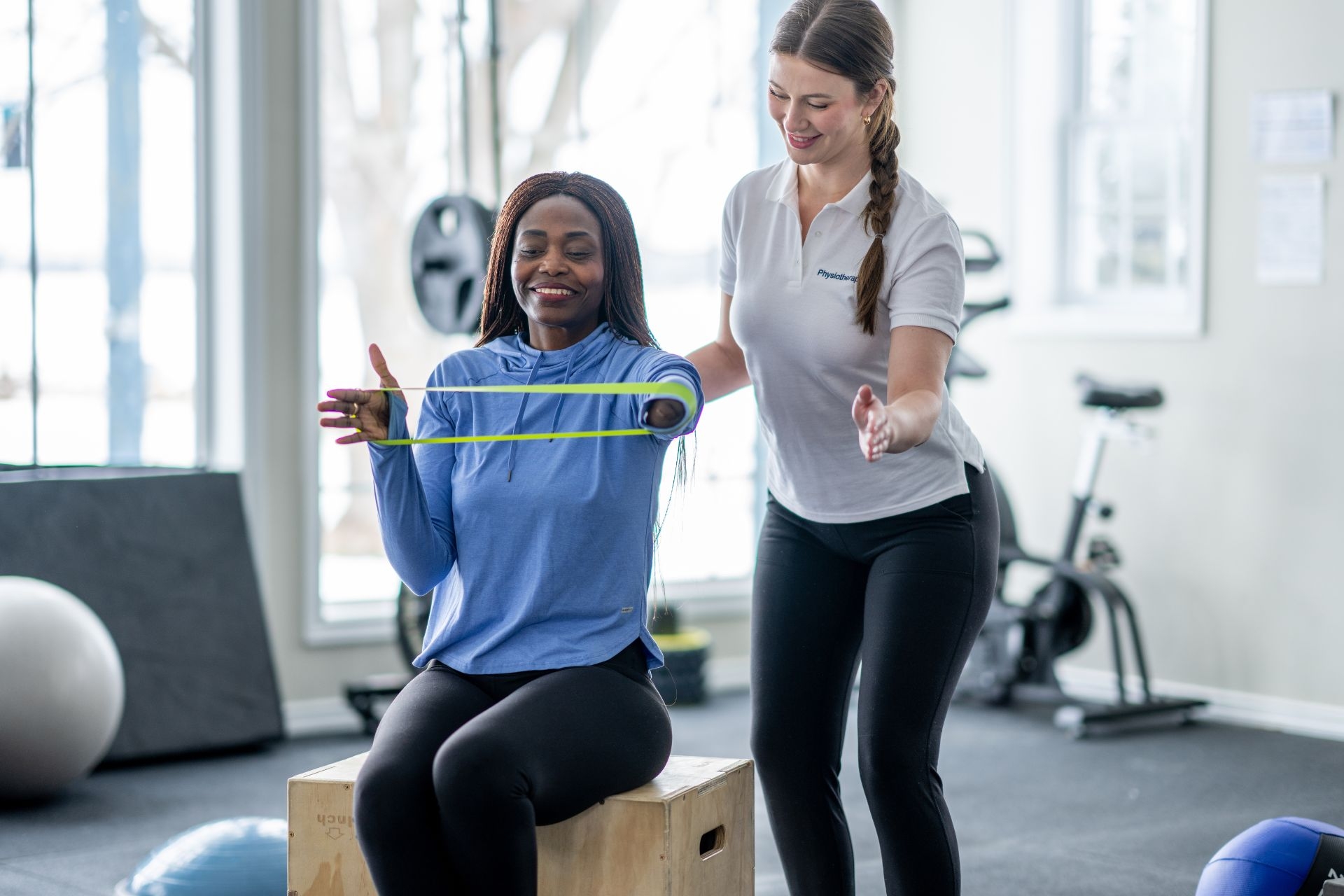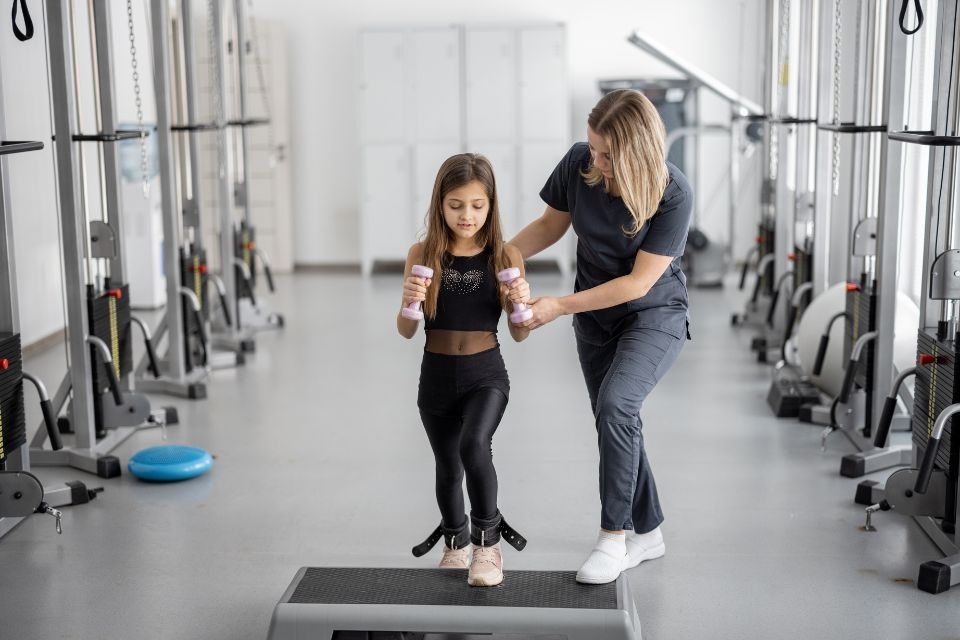Conjugate Sequence System
How does the conjugate sequence system impact the performance of athletes in high-intensity sports?
The conjugate sequence system has a significant impact on the performance of athletes in high-intensity sports by allowing for the simultaneous development of multiple physical qualities such as strength, power, speed, and endurance. By incorporating a variety of exercises and training modalities, athletes are able to continuously challenge their bodies in different ways, leading to greater overall improvements in performance. This system helps prevent overtraining and burnout by providing a well-rounded approach to training that targets different aspects of athletic performance.
Progressive Overload Methods In Personal Training




